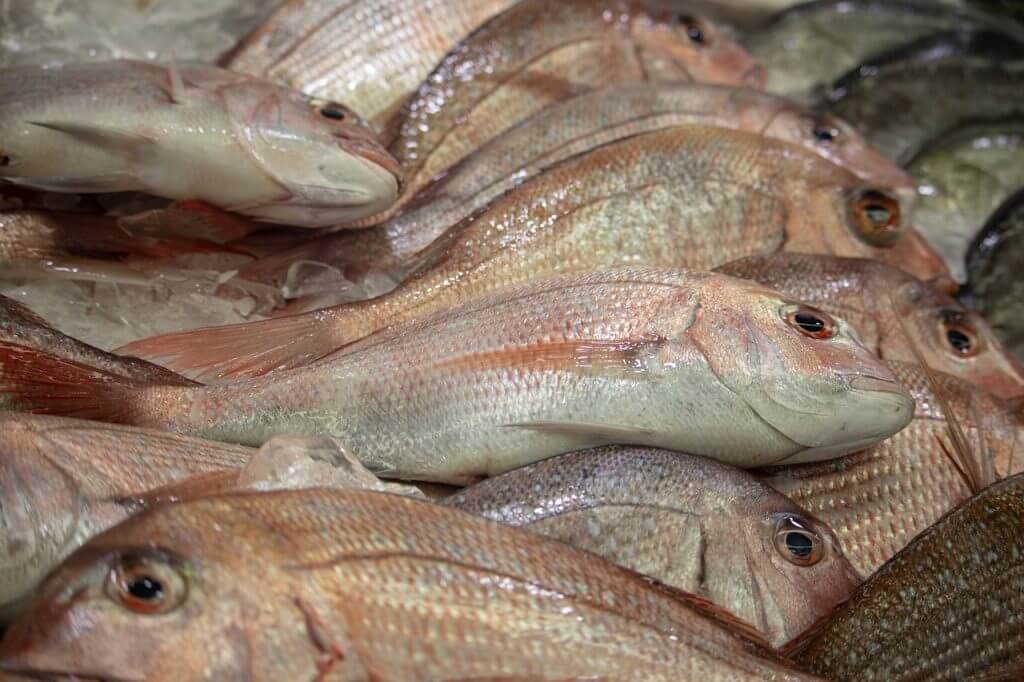
Kenya’s fish market is on the verge of facing a significant price hike, as the Kenya Association of Fish Importers, Processors, and Exporters warns that fish prices may increase by 50% if a proposal to introduce excise duty is approved by Parliament. The aim of this excise duty is to protect the local market from cheaper Chinese imports. However, industry experts and importers argue that such a move would render fish unaffordable for many Kenyans. The potential price surge has raised concerns about the accessibility and affordability of this essential food source for the population.
The Proposal and Implications:
According to John Msafari, Chairman of the Kenya Association of Fish Importers, Processors, and Exporters, the proposal to impose an excise duty of Kes 100,000 per ton on fish would have a drastic impact on prices. He emphasizes that the new duty would double the price of fish compared to 20 months ago, pushing it beyond the reach of many consumers. The proposed excise duty is part of the Finance Bill 2023, which suggests levying a duty on imported fish at a rate of 20% of the cost, insurance, and freight or Sh100,000 per tonne, whichever is higher.
Importers argue that the additional costs imposed by the excise duty would be substantial. For instance, importers currently spend Sh5.2 million to bring a 40-feet container with 26 metric tonnes of tilapia fish to the Mombasa port. If the proposed excise duty is implemented, the prices would rise to Sh7.8 million, significantly impacting the profitability of importers and potentially leading to higher prices for consumers.
Meeting Demand and Increasing Local Production:
The importers propose an alternative solution to address the current demand deficit and boost per capita fish consumption. They advocate for duty-free fish imports for human consumption for a three-year period. This strategy aims to bridge the gap between the rising demand for fish in Kenya, which currently stands at 500,000 metric tonnes, and the local production of 163,745 metric tonnes. With only approximately 150 metric tonnes available for local consumption, there exists a significant deficit of 350,000 metric tonnes annually.
Ghana’s Success in Fish Exports:
While Kenya grapples with the potential rise in fish prices, Ghana’s fish and fish products exports have earned the country about US$254 million in 2022, according to the Minister of Fisheries and Aquaculture, Mrs. Mavis Hawa Koomson. Mrs. Hawa highlighted the significant contribution of the fisheries sector to Ghana’s socio-economic development. However, she also acknowledged the challenges faced by the sector due to climate change, including sea surface temperature rise and increased occurrences of sea surges. To preserve the fishery’s resources, she called for collective efforts to combat illegal, unreported, and unregulated fishing practices.
The introduction of excise duty on fish in Kenya has the potential to lead to a significant increase in fish prices, making this essential food source unaffordable for many Kenyans. As the country grapples with a demand deficit and limited local production, importers propose duty-free imports to bridge the gap and increase per capita fish consumption. It remains to be seen how Parliament will decide on the proposal and what the implications will be for the accessibility and affordability of fish in Kenya. Meanwhile, Ghana’s success in fish exports highlights the potential benefits of a thriving fisheries sector, but it also emphasizes the need for sustainable practices to ensure the long-term availability of fishery resources.


















